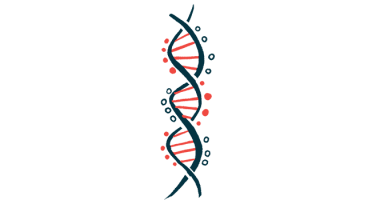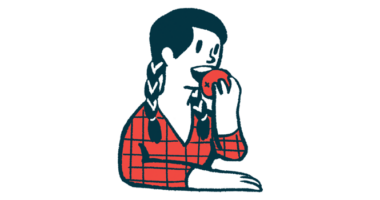Resistance Training in Young Adults with PWS Possible and Beneficial, Study Suggests

Despite low muscle tone, young adults with Prader-Willi syndrome can do exercises involving resistance training and likely will benefit from greater muscle strength, a study suggests.
The research, “Myokine levels after resistance exercise in young adults with Prader–Willi syndrome (PWS),” was published in the American Journal of Medical Genetics.
PWS is caused by the deletion of paternal genes in chromosome 15, which control metabolism, appetite, growth, intellectual abilities, and social behavior.
Individuals with PWS lack control over their appetite and food intake. As a result, they often overeat, becoming obese and developing complications that include heart disease, diabetes, and high blood pressure.
“Severe restriction of caloric intake (approximately 800–1,200 kcal/day) together with daily exercise regimens are essential to prevent excessive weight gain and increased mortality and morbidity due to obesity-related complications,” the investigators wrote.
However, some types of physical exercises can be difficult for these patients, due to their lack of lean mass, low muscle tone (hypotonia), and cognitive deficits.
Aerobic exercises are often advised, “resistance exercises for strength training, however, may be particularly important to increase muscle mass in this population,” the study notes.
Researchers at Shaare Zedek Medical Center, in Jerusalem, and collaborators assessed if young adults with PWS would be able to perform resistance training exercises that are normally recommended by sports medicine authorities for children and adults.
In people with and without PWS, they also measured the levels of myokines, molecules produced by muscle cells in response to physical exercise. Myokines stimulate thermogenesis (heat production) by turning white fat into “brown-like” fat. (White fat is the main type of body fat; brown fat is a type of fat involved in heat/energy production.)
The researchers hypothesized that people with PWS might have lower levels of myokines after exercise compared to healthy people serving as controls, which would result in less formation of “brown-like” fat and lower energy production in these patients.
Their study included 22 people, 11 with PWS (seven men and four women, ages 23 to 36) and 11 controls.
All were taught by a personal trainer to perform eight resistance exercises using free weights or exercise training machines. The regimen consisted of three sets of 12 repetitions each, with an interval of two minutes between each exercise. Each session lasted 45 to 60 minutes.
People in both groups successfully completed all the exercises, the study noted.
Blood samples were collected before, immediately after, and 30 and 60 minutes after each exercise session. Researchers measured the levels of myokines, glucose, creatine kinase (CK; an indicator of muscle disease) and lactate, which is an indicator of low oxygen in the blood.
CK levels at the study’s start (baseline levels) were lower in people with PWS than in controls (62 vs.322 U/L). The higher levels of lactate normally seen immediately after exercise were also less pronounced in the PWS group than in controls (3.7 vs. 7.3 mmol/L).
“The lower creatine kinase levels and weaker lactate responses … might reflect decreased muscle mass or diminished muscle fiber activity in PWS compared to controls,” the investigators wrote.
No differences between the two groups were seen in the levels of six different myokines before and after each training session. Researchers suggested that this may have been due to the marked variability of baseline levels and the small number of participants.
Larger studies with more intensive exercise regimens longer in duration are needed “to help clarify the roles of myokines in the metabolic profile of PWS,” the scientists added.
Still, young adults with PWS “are capable of performing resistance/strength-building exercise,” they wrote.
“In addition to diet and caloric restriction, exercise is an essential component of weight management in PWS. Our study confirms and extends a report showing that PWS adults are capable of performing standard resistance exercise regimens,” they concluded.
“Increasing muscle strength in this population may have beneficial effects on resting metabolic rates, lipid and carbohydrate profiles, and bone density, in addition to improving equilibrium to prevent falls and fractures.”






